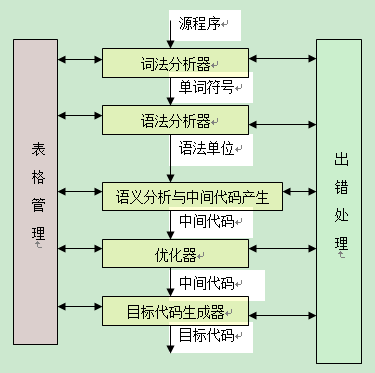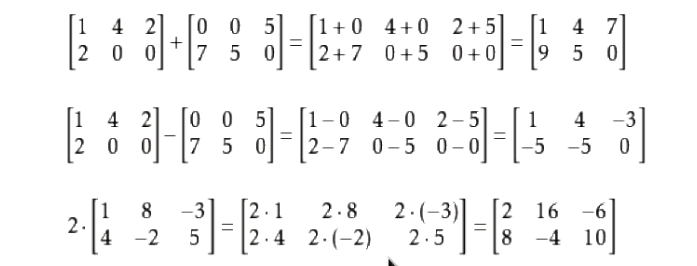可以将文章内容翻译成中文,广告屏蔽插件可能会导致该功能失效(如失效,请关闭广告屏蔽插件后再试):
问题:
I've been parsing through some log files and I've found that some of the lines are too long to display on one line so Terminal.app kindly wraps them onto the next line. However, I've been looking for a way to truncate a line after a certain number of characters so that Terminal doesn't wrap, making it much easier to spot patterns.
I wrote a small Perl script to do this:
#!/usr/bin/perl
die("need max length\n") unless $#ARGV == 0;
while (<STDIN>)
{
$_ = substr($_, 0, $ARGV[0]);
chomp($_);
print "$_\n";
}
But I have a feeling that this functionality is probably built into some other tools (sed?) that I just don't know enough about to use for this task.
So my question sort of a reverse question: how do I truncate a line of stdin WITHOUT writing a program to do it?
回答1:
Pipe output to:
cut -b 1-LIMIT
Where LIMIT is the desired line width.
回答2:
Another tactic I use for viewing log files with very long lines is to pipe the file to "less -S". The -S option for less will print lines without wrapping, and you can view the hidden part of long lines by pressing the right-arrow key.
回答3:
Not exactly answering the question, but if you want to stick with Perl and use a one-liner, a possibility is:
$ perl -pe's/(?<=.{25}).*//' filename
where 25 is the desired line length.
回答4:
The usual way to do this would be
perl -wlne'print substr($_,0,80)'
Golfed (for 5.10):
perl -nE'say/(.{0,80})/'
(Don't think of it as programming, think of it as using a command line tool with a huge number of options.) (Yes, the python reference is intentional.)
回答5:
A Korn shell solution (truncating to 70 chars - easy to parameterize though):
typeset -L70 line
while read line
do
print $line
done
回答6:
You can use a tied variable that clips its contents to a fixed length:
#! /usr/bin/perl -w
use strict;
use warnings
use String::FixedLen;
tie my $str, 'String::FixedLen', 4;
while (defined($str = <>)) {
chomp;
print "$str\n";
}
回答7:
This isn't exactly what you're asking for, but GNU Screen (included with OS X, if I recall correctly, and common on other *nix systems) lets you turn line wrapping on/off (C-a r and C-a C-r). That way, you can simply resize your terminal instead of piping stuff through a script.
Screen basically gives you "virtual" terminals within one toplevel terminal application.
回答8:
use strict;
use warnings
use String::FixedLen;
tie my $str, 'String::FixedLen', 4;
while (defined($str = <>)) {
chomp;
print "$str\n";
}
回答9:
Unless I'm missing the point, the UNIX "fold" command was designed to do exactly that:
$ cat file
the quick brown fox jumped over the lazy dog's back
$ fold -w20 file
the quick brown fox
jumped over the lazy
dog's back
$ fold -w10 file
the quick
brown fox
jumped ove
r the lazy
dog's bac
k
$ fold -s -w10 file
the quick
brown fox
jumped
over the
lazy
dog's back




